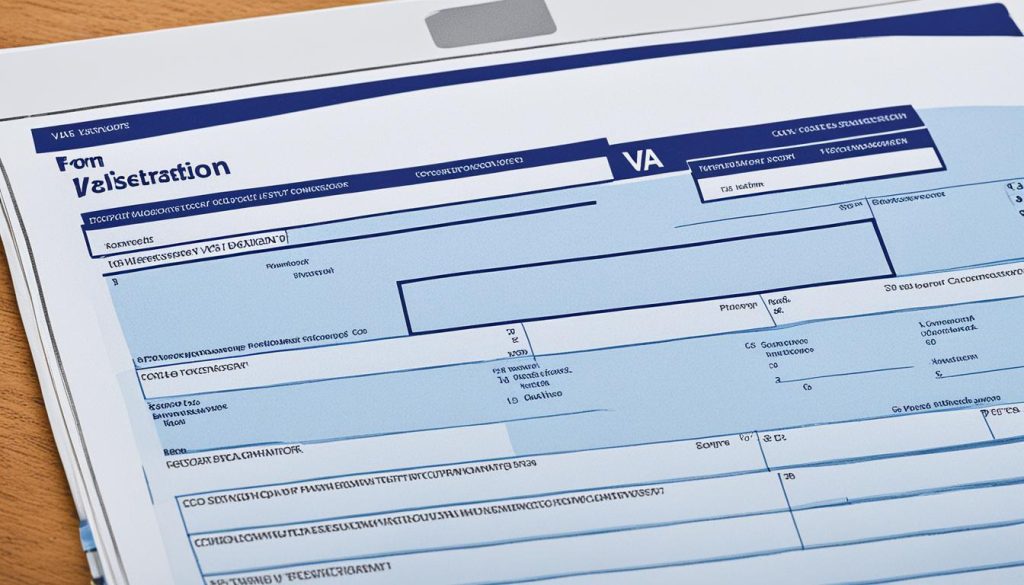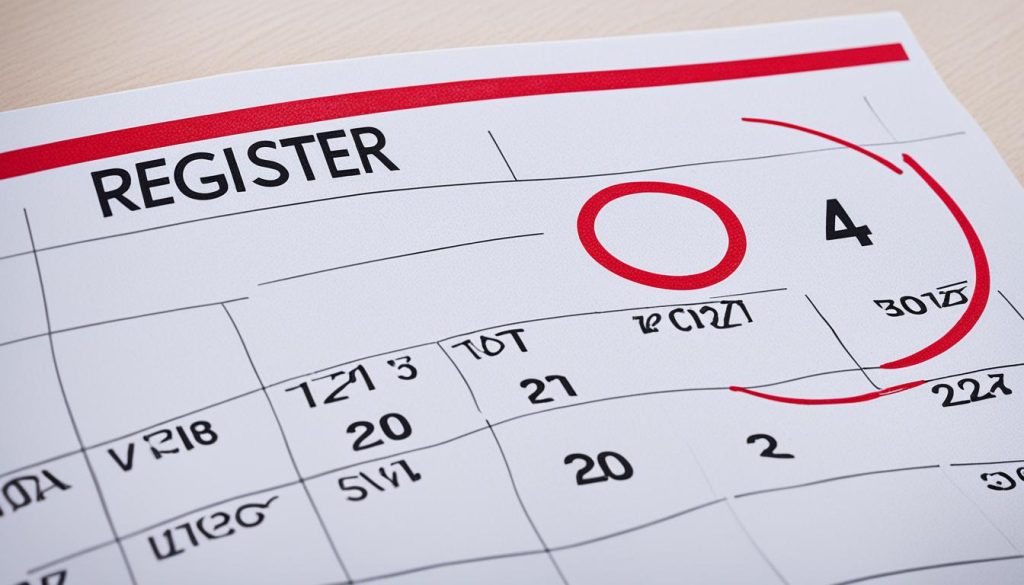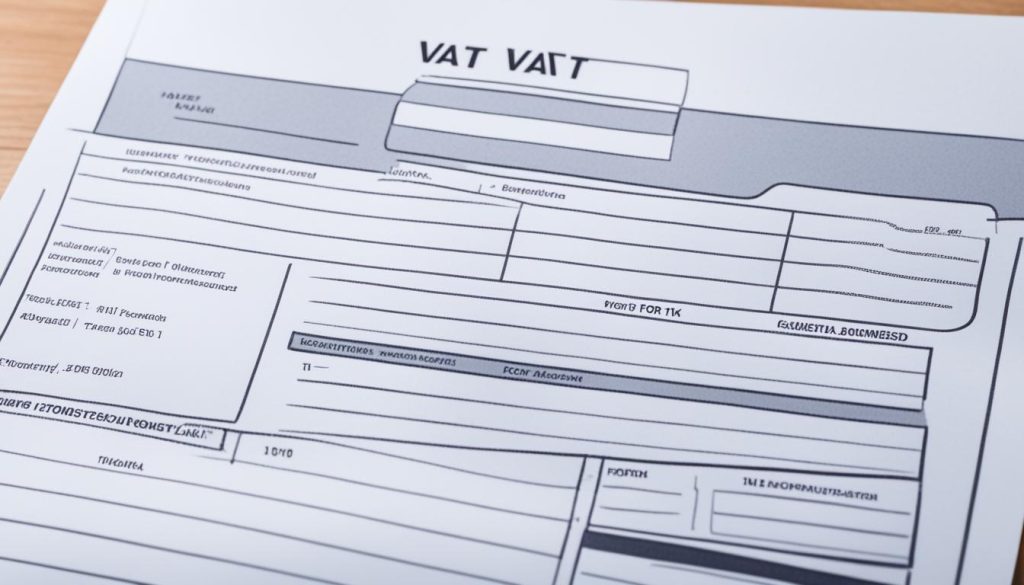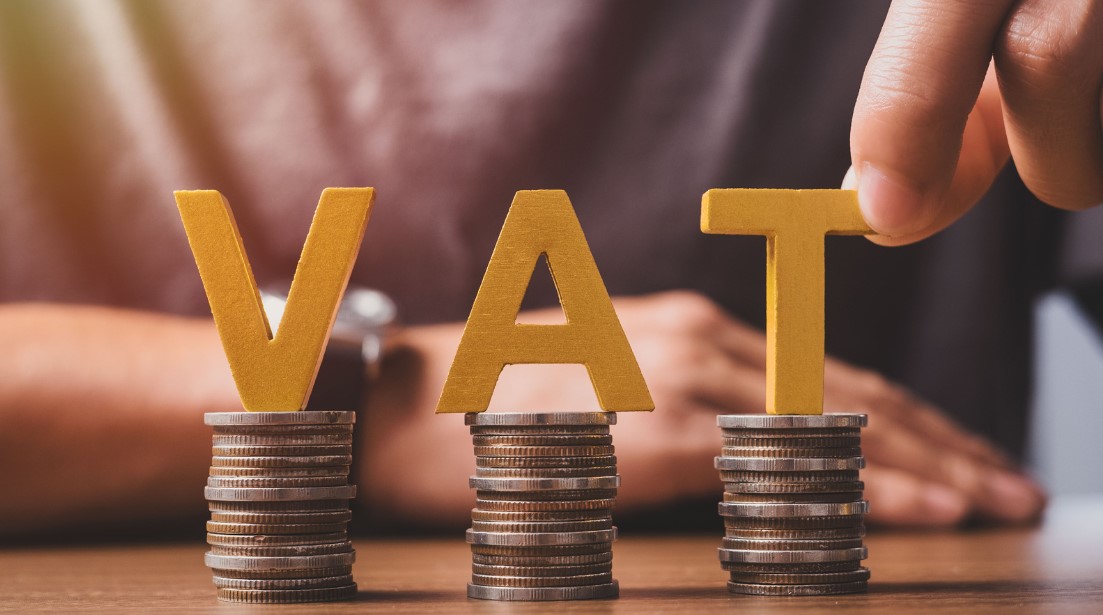In the United Kingdom, registering for VAT is a simple and straightforward process. By completing the VAT registration, businesses can start charging VAT on their sales and reclaim VAT on eligible purchases. But how exactly do you register for VAT? Let’s explore the vat registration process, requirements, and options for online registration.
How to Register for VAT?
VAT Registration Methods
The process of registering for VAT can be done online in most cases. To register for VAT online, you will need a Government Gateway user ID and password. If you do not have a user ID, you can create one during the registration process.
It is also possible to register for VAT by mail using specific forms. Here are some common forms for different scenarios:
- VAT1A: For EU businesses “distance selling” to Northern Ireland
- VAT1B: For importing goods into Northern Ireland worth more than £85,000 from an EU country
- VAT1C: For disposing of assets and claiming Directive refunds
When registering for VAT by mail, make sure to fill out the appropriate form and send it to the designated VAT registration address.
Regardless of the registration method you choose, it is important to provide accurate and complete information to ensure a smooth registration process. Once your registration is approved, you will receive a VAT number that must be included on all your invoices.

To register for VAT online or by mail, follow the guidelines provided by HMRC (Her Majesty’s Revenue and Customs). Ensure that you meet all the necessary requirements and provide all the required documentation to avoid any delays or complications in the registration process.
VAT Registration Thresholds
Depending on your business’s VAT taxable turnover, you may be required to register for VAT in the UK. The VAT threshold is a crucial factor to consider when determining your VAT registration obligations.
If your total VAT taxable turnover in the last 12 months has exceeded £85,000 or is expected to go over this threshold in the next 30 days, you must register for VAT. This threshold applies to both goods and services supplied within the UK.
It is worth noting that if your turnover temporarily exceeds the VAT threshold, you can apply for a registration exception provided it is not a continuous occurrence. This exception may be applicable if your turnover increase is due to a seasonal or one-off event.
On the other hand, if your business exclusively sells VAT-exempt goods and services, you are not allowed to register for VAT. VAT-exempt goods and services are those that do not attract VAT, such as certain financial services, certain types of insurance, and some educational services.
To determine whether you should register for VAT or if you are uncertain about whether your business meets the registration requirements, you can utilize the VAT registration check tool provided by HMRC. This tool enables you to confirm your VAT obligations and make informed decisions regarding VAT registration.
| VAT Taxable Turnover | VAT Registration Obligation |
|---|---|
| £85,000 or more in the last 12 months or expected in the next 30 days | Register for VAT |
| Less than £85,000 in the last 12 months and not expected in the next 30 days | Do not register for VAT |
| Exclusively sells VAT-exempt goods and services | Do not register for VAT |

Understanding the VAT registration thresholds is essential for ensuring compliance with HMRC regulations. Registering for VAT when required helps you avoid penalties and allows you to maintain a transparent and efficient business operation.
VAT Accounting Schemes and Obligations
Once registered for VAT, understanding and complying with various VAT accounting schemes and obligations is essential. Most businesses use standard VAT accounting, recording the VAT collected on sales and paid on purchases on a quarterly VAT return.
However, there are alternative schemes available to accommodate different business needs:
- Annual VAT accounting: This scheme allows eligible businesses to submit a single annual return and make VAT payments based on estimated turnover throughout the year.
- Flat-rate schemes: These schemes are designed for smaller businesses and simplify VAT accounting by applying a predetermined flat rate percentage to the total turnover.
- Cash accounting: With cash accounting, businesses only need to account for VAT when they receive payment from their customers or make payment to their suppliers.
To determine the most suitable scheme for your business, it is recommended to consult an accountant or bookkeeper who specializes in VAT. They will help you understand the implications of each scheme and guide you in making an informed decision.
After VAT registration, there are several obligations that you need to fulfill:
- Add VAT to your prices: Ensure that your prices are inclusive of the appropriate VAT rate for the goods or services you provide.
- Issue VAT invoices to customers: Include your VAT number and other required details on your invoices.
- File VAT returns: Submit your VAT return to HMRC on a regular basis, detailing your VAT sales and purchases.
- Pay any VAT due to HMRC: Make the necessary VAT payments to HMRC within the specified timeframe.
- Keep digital VAT records and a VAT account: Maintain accurate records of your VAT transactions and keep them easily accessible in a digital format.
By adhering to these schemes and obligations, you can ensure compliance with HMRC requirements and avoid any penalties or fines.

VAT Accounting Schemes Comparison
| Scheme | Description | Eligibility | Advantages |
|---|---|---|---|
| Standard VAT accounting | Record VAT on sales and purchases quarterly. | All VAT-registered businesses | – Relatively straightforward accounting process – Suitable for most businesses |
| Annual VAT accounting | Submit a single annual return and make VAT payments based on estimated turnover. | Businesses with turnover not exceeding £1.35 million | – Reduced frequency of VAT returns and payments – Easier budgeting and cash flow management |
| Flat-rate schemes | Apply a predetermined flat rate percentage to the total turnover for simplified accounting. | Businesses with turnover not exceeding £150,000 | – Simpler VAT calculations – Potential to pay less VAT |
| Cash accounting | Account for VAT when receiving payment from customers or making payment to suppliers. | Businesses with taxable turnover not exceeding £1.35 million | – Improved cash flow management – Reduced risk of bad debt |
Conclusion
Registering for VAT is a crucial step for businesses in the United Kingdom that meet the necessary requirements. Whether you are a limited company or a sole trader, understanding the process of how to register for VAT is vital for the successful operation of your business.
By following the appropriate registration steps, which can be done online or by mail, you can obtain your VAT number and start charging and reclaiming VAT on eligible purchases. It is important to meet your VAT obligations, such as adding VAT to your prices, issuing VAT invoices, filing VAT returns, and maintaining accurate records.
Whether you choose to register for VAT as a limited company or as a sole trader, ensuring compliance with the VAT registration process and obligations will help your business thrive in the UK market.
FAQs
What information do I need to provide for VAT registration?
The information required for VAT registration depends on the type of your business. If you are registering a limited company, you will need your company registration number, business bank account details, Unique Taxpayer Reference (UTR), and details of your annual turnover. If you are registering as an individual or partnership, you will need your National Insurance number, an identity document like a passport or driving licence, bank account details, and UTR if applicable.
Can I register for VAT by mail?
Yes, it is possible to register for VAT by post using specific forms, such as VAT1A for EU businesses “distance selling” to Northern Ireland, VAT1B for importing goods into Northern Ireland worth more than £85,000 from an EU country, and VAT1C for disposing of assets and claiming Directive refunds.
What are my VAT accounting obligations?
After VAT registration, you will need to understand and comply with various VAT accounting schemes and obligations. Most businesses use standard VAT accounting, where VAT collected on sales and paid on purchases is recorded on a quarterly VAT return. However, there are alternative schemes such as annual VAT accounting, flat-rate schemes for smaller businesses, and cash accounting schemes. It is recommended to consult an accountant or bookkeeper to determine the most suitable scheme for your business.
Can I register for VAT as a limited company or a sole trader?
Yes, both limited companies and sole traders can register for VAT. The registration process and requirements may vary slightly depending on the type of business entity.





